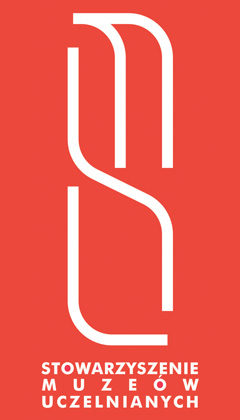Department of Palaeozoology
University of Wrocław, Faculty of Biological Sciences
ul. Sienkiewicza 21
50-335 Wrocław
Tel. (71) 375 40 43, (71) 375 40 44
katarzyna.lipiec-sidor@uwr.edu.pl,
krzysztof.stefaniak@uwr.edu.pl
www.zp.uni.wroc.pl/pl/zakadpaleozoologii
Free admission, after prior arrangement.
Director: Prof. Krzysztof Stefaniak
Custodian: Adrian Marciszak PhD
Staff: Urszula Ratajczak PhD, Paweł Socha PhD, Adam Kotowski Msc, Katarzyna Lipiec-Sidor Msc
The Museum of the Department of Paleozoology of the University of Wrocław was established immediately after the end of the Second World War, when the first Polish staff were appointed. The German ‛Schlesische Friedrich-Wilhelms-Universität zu Breslau’ was transformed into the Polish University of Wrocław by Order of the President of the State National Council, Bolesław Bierut, dated 24 August 1945; therefore giving the university its structural foundation. In 1947 the Department of Palaeozoology was established. It took over the collections and continued the tradition of the German ‛Institut für Geologie und Paläontologie’. The first years were devoted to grassroots work, salvaging what remained of the collections, organizing the structures and undertaking the first research studies. The Museum of the Department of Palaeozoology houses several interesting fossil collections which encompass many groups of
invertebrates and vertebrates. Although many old documents were lost during the Second World War, they were partially reconstructed thanks to hard work. The most interesting collections include: many specimens of excellently preserved invertebrates, including a significant number from Silesia and Central Europe; a collection of sea invertebrates from Opolian Silesia; an enormous, and still largely undescribed collection of fishes from the Carpathian regions, dating from the Oligocene to the Miocene periods; hundreds of thousands of specimens of vertebrates from many cave sites, mainly from the Polish Jurassic Highlands and the Sudetes, dating from the Miocene to Holocene periods; hundreds of
thousands of archaeozoological remains, mainly from Silesian sites, dating from the Holocene period. There are many interesting objects to be found in the abundant collections. The staff of the department carry out research using the museum’s specimens and they also make use of them in the popular science classes that are held which are aimed at explaining the results obtained in an accessible manner. The classes are held in situ and in the form of activities such as trips to schools or cyclical local events. They may take the form of seminars or practical classes where participants may touch the specimens or try their hand at research conducted by palaeontologists on a day-to-day basis. Using modern technology, the department strives to acquaint the visitors with the past so that they can protect the future at the present time.













